Design Your Own Face Serum
How to Make Your Own Oil-Based Face Serum
Oil serums have earned their place in modern skincare routines—and for good reason. Made entirely from nutrient-rich oils, they’re free from water, fillers, emulsifiers, and preservatives. This makes them perfect for anyone looking to simplify their skincare or avoid certain additives.
That’s not to say emulsifiers or preservatives are bad—they’re important in many formulations. But if you’re after a minimalist, potent skincare option, an oil serum is a simple and effective alternative.

Why Make Your Own?
Customising your own serum means tailoring it exactly to your skin’s needs. Whether you're targeting dryness, oiliness, sensitivity or dullness, you can create a blend that works for you—or someone lucky enough to receive one as a gift!
Below, we’ve listed some of our favourite carrier and essential oils to help guide your choices. This is just a starting point—there’s a whole world of oils to explore.
Basic Oil Serum Formula
This simple 3-ingredient base makes 100g of serum
Adjust batch volume with Go Native NZ's Batch Size Calculator
- 99% | 99g carrier oils (choose 2–3)
- 0.5% | 0.5g essential oils (~6 drops total, choose 2–3)
- 0.5% | 0.5g vitamin E (optional, for antioxidant benefits and longer shelf life)
Example: Night Repair Serum
- 49g organic rosehip oil
- 49g organic jojoba oil
- 1g vitamin E
- 0.25g helichrysum essential oil
- 0.25g frankincense essential oil
- 0.25g geranium essential oil
- 0.25g myrrh essential oil
Method
- Weigh out your ingredients using mini scales
- Mix thoroughly using a glass stirring rod or spoon
- Pour into clean glass dropper bottles
- Label your serum and take notes—you won’t remember your perfect blend six months from now!
Store: 5ml Amber Glass Dropper Bottle - 20ml Clear Glass Dropper Bottle - 20ml Amber Glass Dropper Bottle
Now for the fun part, making your choices!
Understanding the Ingredients
When browsing oils, you’ll see common skin-benefitting components mentioned. Here’s a quick guide:
- Linoleic acid (Omega-6): Replenishes skin barrier and supports hydration
- Oleic acid (Omega-9): Nourishing and softening, ideal for drier skin
- Alpha-linolenic acid (Omega-3): Anti-inflammatory and deeply hydrating
- Omega-7 fatty acids: Promote skin elasticity and healing
- Vitamin A: Supports collagen and skin renewal
- Vitamin E: Antioxidant protection
- Zinc: Supports barrier function and oil regulation
Choosing Your Carrier Oils
Each oil brings something different. Here are a few highlights:
Avocado Oil
Comedogenic rating: 3
Slow absorption rate
Good for dry and acne-prone skin
Contains vitamins A, D and E
Rich and nourishing but heavier on the skin
Note: Higher chance of clogging pores for some skin types
Barbary Fig Seed Oil
Comedogenic rating: 1–2
Fast absorption rate
Ideal for oily and combination skin
Exceptionally high in vitamin E and linoleic acid
Helps soften and brighten the skin
Blackcurrant Seed Oil
Comedogenic rating: 0–1
Slow absorption rate
Great for dry, mature or sensitive skin
High in GLA and linoleic acid
Calms and conditions the skin barrier
Calendula Infused Oil
Comedogenic rating: 1
Medium to slow absorption
Gentle and soothing
Suitable for most skin types
Great for irritated or sensitive skin
Jojoba Oil
Comedogenic rating: 2
Average absorption rate
Mimics skin’s natural sebum
Balances oil production
A safe choice for most skin types
Rosehip Oil
Comedogenic rating: 1
Very fast absorption rate
Ideal for oily or acne-prone skin
Rich in vitamin A and essential fatty acids
Note: Can be sensitive to heat and light; store carefully
Sea Buckthorn Fruit Oil
Comedogenic rating: 1
Medium to slow absorption
Packed with omega fatty acids and antioxidants
Note: Highly pigmented—can stain skin or linens, so dilute well
Tip: Some oils (especially nut oils like macadamia, kukui, or hazelnut) may not be suitable for those with nut allergies. Highly pigmented or strongly scented oils (like sea buckthorn or tamanu) are best diluted in more neutral oils like jojoba or squalane.
Oil Substitutes and Additives
Not everything in a serum needs to be a traditional carrier oil. These oil-like ingredients can enhance texture, absorption, and skin feel while offering unique benefits of their own.
Squalane (Olive-Derived)
Technically not an oil, squalane is a hydrocarbon derived from squalene, a substance naturally found in our skin’s sebum. The olive-derived version is highly stable, lightweight, and non-greasy.
- Comedogenic rating: 0
- Absorption rate: Fast
- Why use it: It’s suitable for all skin types, including acne-prone or sensitive skin. Squalane softens, protects, and helps other ingredients penetrate more easily. It also has an extended shelf life compared to many oils, making it a smart base or additive.
Coco Caprylate
Coco caprylate is an ester derived from coconut oil. It mimics the silky skin feel of silicones and is often used to lighten the texture of heavier formulations.
- What it is: A clear, fast-absorbing emollient that adds a dry-touch finish
- Why use it: Ideal for anyone who finds oils too greasy or heavy. It gives serums a smooth glide, reduces greasiness, and absorbs quickly—great in hot weather or for oily skin types.
These ingredients can be used alongside your chosen carrier oils to tweak how your serum feels on the skin without compromising its natural profile.
Essential Oils: Potent and Personal
Essential oils are concentrated and should be used sparingly—generally no more than 0.5% of the total formula. Always patch test before use.
Some favourites:
- Frankincense: Rejuvenating and balancing
- Geranium: Helps balance oil and tone skin
- Lavender: Calming and soothing for most skin types
- Tea Tree: Clarifying; good for spot-prone skin
- Carrot Seed: Rich in antioxidants
- Patchouli: Great for mature or dry skin
- Ylang Ylang: Balancing and floral
- Rose de Mai Absolute: Luxurious and deeply nourishing
Citrus oils like bergamot, orange, and lemon are photosensitive—best used in night serums only.
Boost Your Serum with Oil-Soluble Actives
Once you’ve mastered the basics, you might want to incorporate oil-soluble actives for added skin benefits. These are concentrated ingredients that target specific concerns like ageing, dullness, or sensitivity. They’re usually used at low percentages (0.1–5%) and should be added during the cool-down phase of your formulation to preserve their potency.
Coenzyme Q10 (Ubiquinone)
- What it does: A powerful antioxidant that helps protect the skin from environmental stressors and supports collagen production.
- Usage rate: 0.5–3%
- Formulation tip: Dissolve in a lightweight carrier oil (like squalane) before blending into your serum. CoQ10 may require gentle heating to fully dissolve, so avoid using it with heat-sensitive oils like rosehip.
Bakuchiol
- What it does: A gentle, plant-based alternative to retinol. Helps smooth skin and reduce the appearance of fine lines without the irritation that can come with traditional vitamin A derivatives.
- Usage rate: 0.5–2%
- Skin type: Well tolerated by most, including sensitive skin types.
Tetrahexyldecyl Ascorbate (Vitamin C derivative)
- What it does: A stable, oil-soluble form of vitamin C that brightens the skin and supports collagen synthesis.
- Usage rate: 1–5%
- Bonus: Less likely to oxidise than water-based vitamin C.
Alpha Bisabolol
- What it does: Naturally found in chamomile, this soothing active helps calm skin and reduce the appearance of redness.
- Usage rate: 0.1–1%
- Ideal for: Sensitive or reactive skin types.
Vitamin E (Tocopherol)
- What it does: A well-known antioxidant that helps extend the shelf life of oils and supports overall skin barrier function.
- Usage rate: 0.1–1%
- Bonus: Helps protect against oxidative stress and supports smoother, softer skin.
Final Tips
- Less is more: Stick to a few well-chosen oils to start.
- Note everything: Write down your formula and impressions.
- Storage: Keep in a cool, dark place and use within 6–12 months.
- Patch test: Especially when trying new essential oils or if you have sensitive skin.
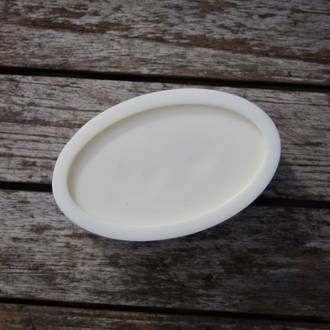




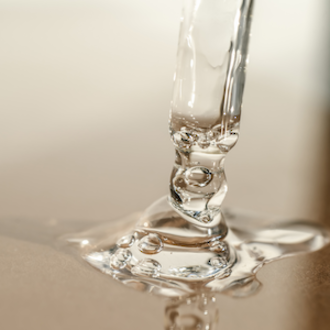
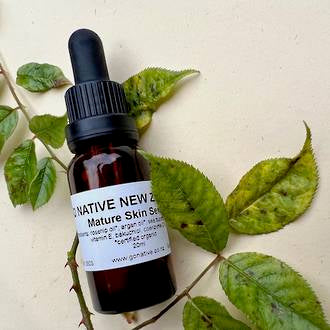
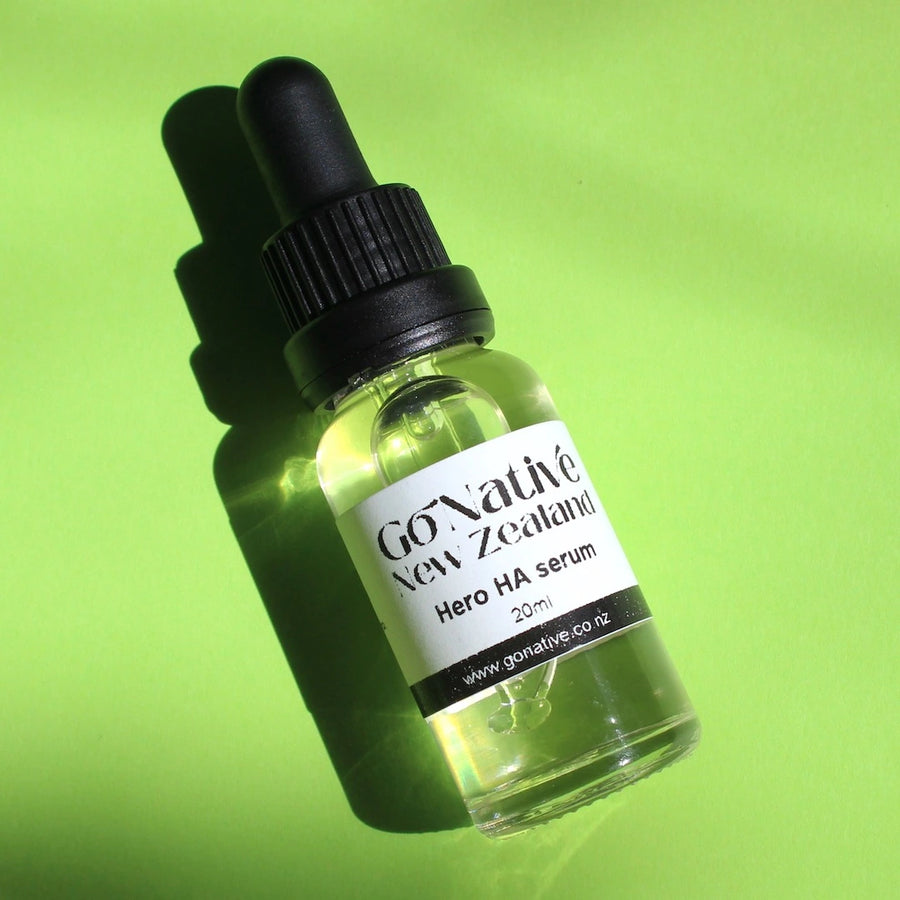
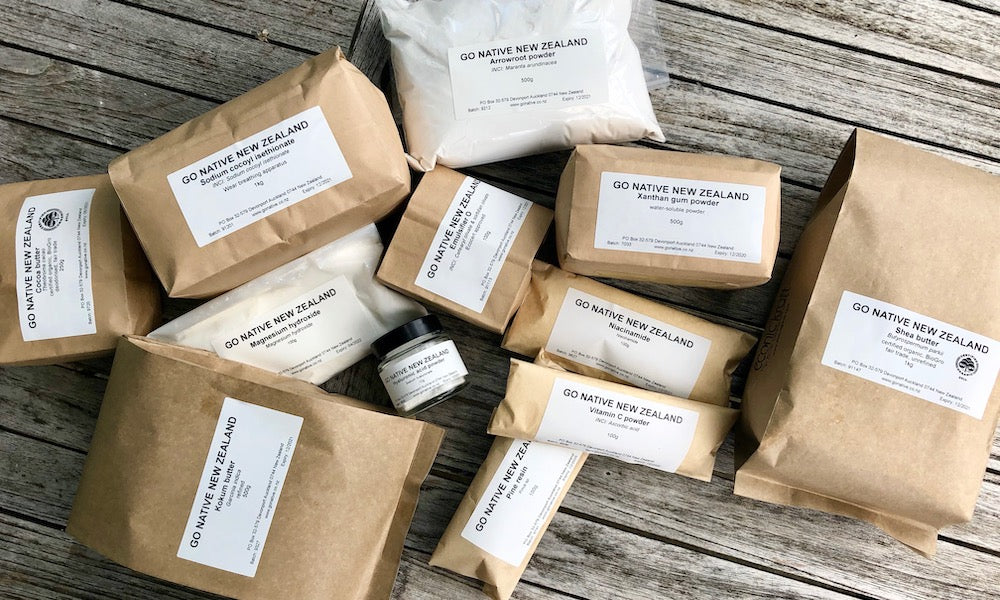
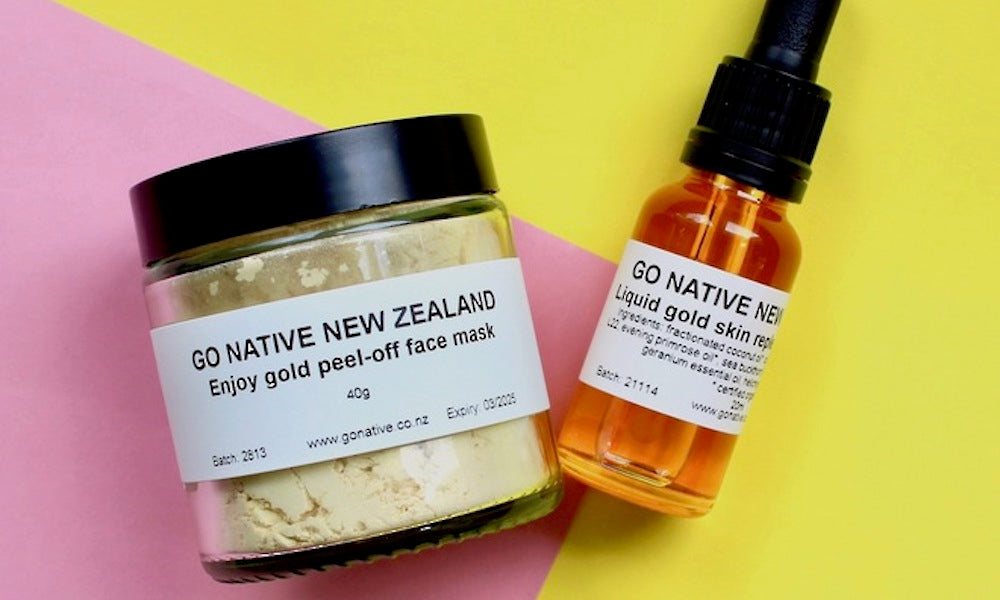


Leave a comment